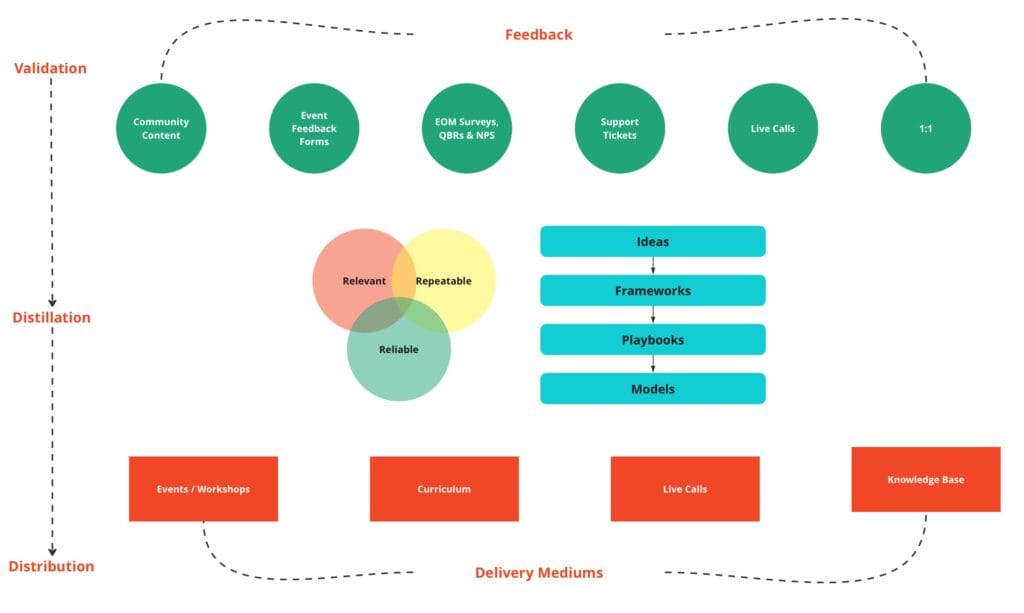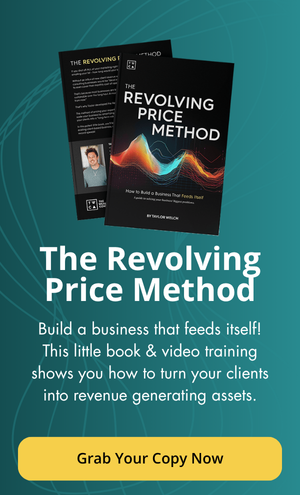All About Clients
This is a banger post and to be honest I am most likely giving you TOO MUCH to think about in one place…
That said, just be warned: you will want to save this and re-read it. Save it, ponder it, and come back to it often. I want to distill at the highest level a new playbook that one of my companies is beginning to teach.
The truth is, my brands do a lot of different things. We’re about to start developing a software (can’t tell you anything about that yet but it’ll be very useful). I’m partnering into another software that will help you if you have sales teams.
We do events.
Client calls.
I love being involved in the lives and businesses of clients. A few months ago someone was on a private call and asking me how to “reduce workload” in their business. Eventually we got to the bottom of it and they felt they were on too many calls with clients.
I was real honest with them: “If you don’t want to talk to clients don’t build a client business.”
I’m sure you can tell but let me put it out there in case you’re wondering — our clients & members are insane in the best way possible. It’s the best. If I didn’t love talking with them, I’d go build a different business.
Not that complicated.
What IS complicated, though, is distilling INFORMATION, experiences, “ideas,” into formidable (and transferable) pieces of intellectual property. Consulting brands mess this up all the time. I want to help you fix it.
A good piece of IP needs to have several components:
- It works based on tested, validated experience — theories are great but they don’t constitute as IP because they’re just theories
- It works WITHOUT the user having to think about “why”
- It’s agile enough to apply to several different industries or ‘niches’ at the same time
I have developed a ROBUST system for creating IP that we are just cracking into TEACHING…
If you want more than 100 clients at one time, you are going to have to use this or something LIKE this to ensure things all stay organized.
Perhaps the worst thing that can happen to a training firm is this: you just pass along ideas all the time based on your ‘gut,’ and then take 1,000 clients through the randomness that is your brain.
Client results will be haphazard.
People will get conflicting advice and counsel.
And your reputation will decline.
This model which I’ve given you a snapshot of below is clean and seamless. Let me take you through it.
First, Tuning…
Every piece of IP in your business must have a tuning mechanism. It needs to solicit feedback (aka test results) as it is deployed. That way the model or IP gets smarter as more clients go through it.
This converts your IP away from a static asset into a living, breathing flywheel. Our ability to collect feedback and data from clientele is world class and it happens 24/7. This data is stored in a centralized location that is used quarterly to go back and update, change, or DELETE pieces of intel that might have worked 12 months ago but are not working now.
Then, Delivery…
For something to be delivered it must go through four phases:
- IDEA
- FRAMEWORK
- PLAYBOOK
- MODEL

Here is What All That Means…
An idea is just that, a “thought.” A “hunch.” Something you THINK will work based on experience. But we don’t teach ideas. We TEST them. How do we do that? We deploy them in our businesses and our network.
These ideas don’t hit clients (macro), they hit a subsection of people that are both (a) skilled enough and (b) big enough to validate. Usually this includes our own businesses and a handful of clients who are wanting a specific problem solved.
Instead of paying BCG $1 million dollars to go vomit on a spreadsheet, we just come up with something that could work and should work. Then, if it works, we reverse-engineer it into a framework.
A framework is a level above an idea. It’s been tested a few times and it works — but we need to figure out WHY it works so it can be repeated.
Once that happens, it is then thrown into a playbook. A playbook is usually a SET of frameworks that blend seamlessly together. And that playbook gives us the raw data to develop a model.
Our business runs on a collection of models that are infallible. The MODELS don’t necessarily change but PIECES of the model change based on data collection and experimentation.
On the left hand side you can see this approach:
- VALIDATION
- DISTILLATION
- DISTRIBUTION
And it works in reverse…
When we want to change something inside of a model, we take it back to the top and work it down. Back to validation (idea), then proof (framework), collect misc parts together (playbook), update the model.
Cheers.

Find More Posts Like This on Taylor’s Blog
Most of the content you will find here on our Wealthy Consultant website is written and compiled by our leadership team. But every once and a while, we will read something from Taylor that is so impactful for our larger community that we just can’t help but share it with you guys – the post you just read came from Taylor’s personal blog, where he frequently drops amazing nuggets of wisdom. Click the link to see more of them and subscribe to get more!

